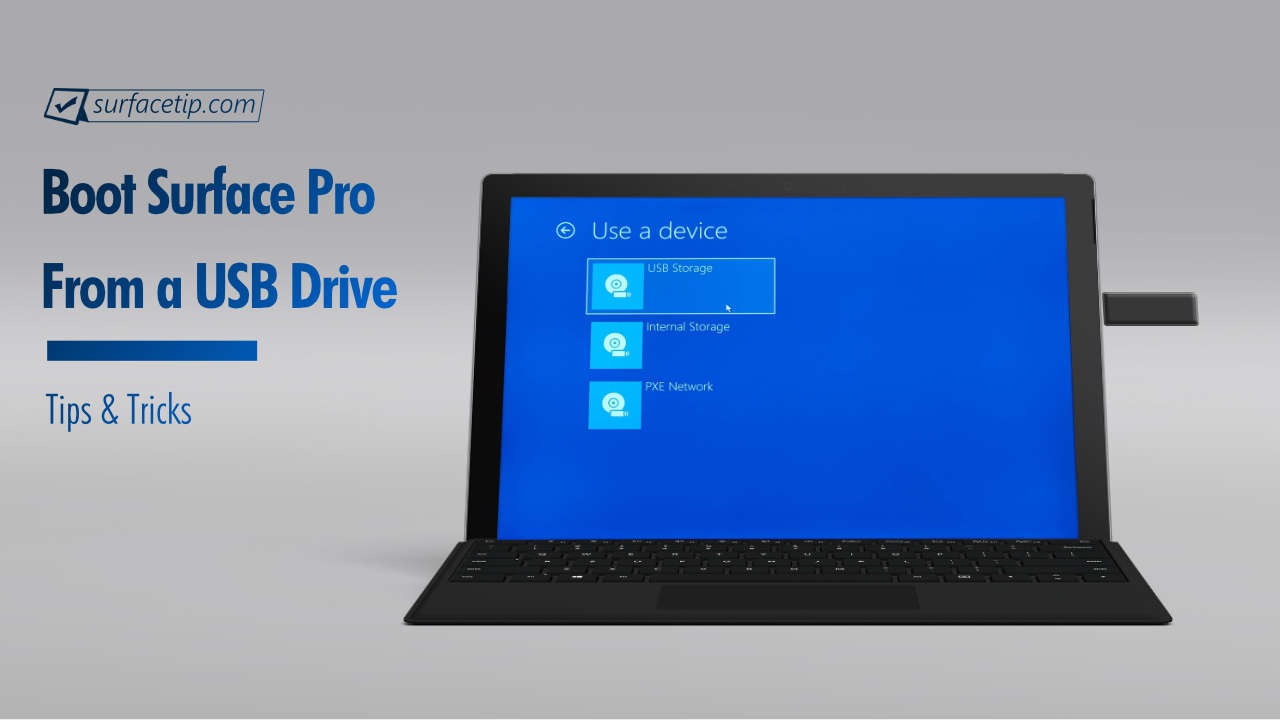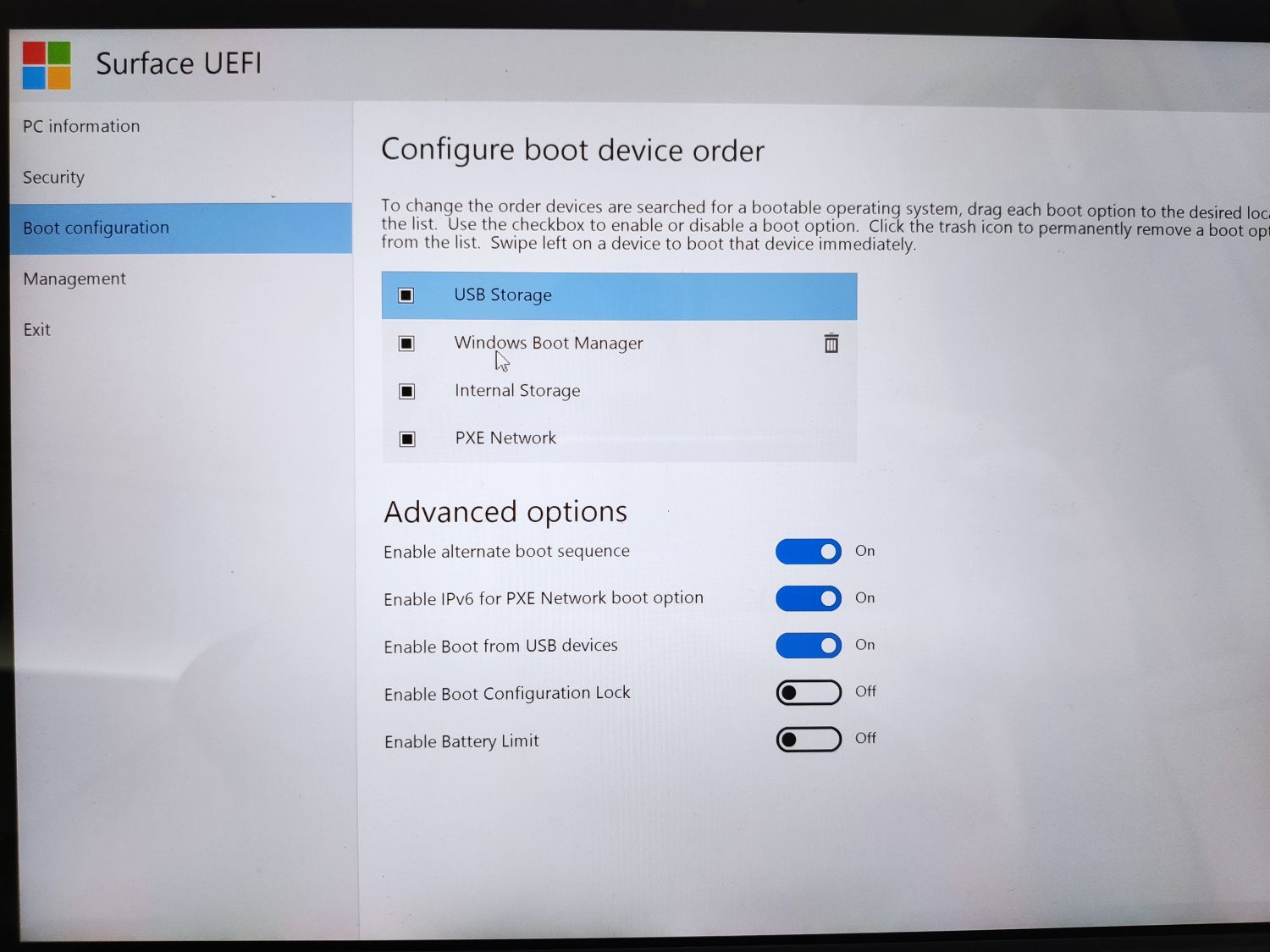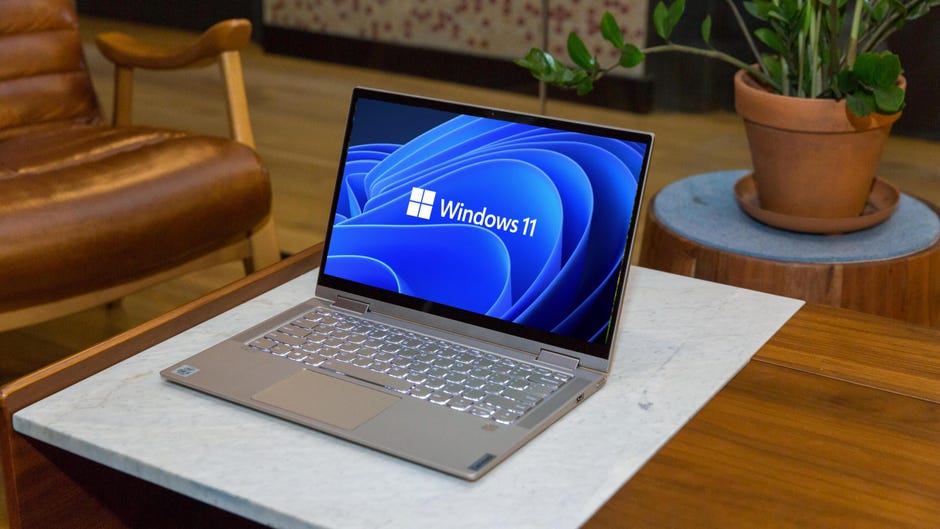

- #How to reformat a usb drive on a surface pro how to#
- #How to reformat a usb drive on a surface pro pro#
- #How to reformat a usb drive on a surface pro windows#
If you currently have a Windows Insider build installed, you may need to first turn off and then turn on Secure Boot for the USB boot drive to be recognized.
#How to reformat a usb drive on a surface pro how to#
To find out how to boot to the UEFI configuration, see How do I use the BIOS/UEFI? and How to use Surface UEFI. If you have configured a boot order, check the Advanced options in the UEFI Boot configuration screen to ensure that Enable alternate boot sequence is On. Make sure that Enable Boot from USB devices is On under Advanced options of the UEFI Boot configuration screen. If that’s not the problem, check the following: When you have the operating system image that you want to boot to, save it to the root of the USB drive. To format the partition, enter format fs=fat32 quick, and press Enter. To select the partition that you just created, enter select part 1, and press Enter. To create a new primary partition on the USB drive, enter create part pri, and press Enter. This will delete all data from the USB drive. Note the drive number or drive letter of the USB drive.Īt the command prompt, enter select disk X (where X is the drive number or drive letter of the USB drive that you noted in the last step), and press Enter.Įnter clean, and press Enter. The list disk command displays all the disks on the computer.


To determine the drive number or letter of the USB drive, at the command prompt, enter list disk, and press Enter. In the Command Prompt window, enter diskpart, and then press Enter. (To do this, right-click Command Prompt and select Run as administrator.) Open a Command Prompt window as an administrator. (The USB drive should be at least 16 GB.) Make sure to transfer any important data on your USB drive to another storage device before continuing. Warning: Setting up the USB drive will erase everything that’s stored on it. Here's how to ensure the USB device is properly formatted as a bootable drive:

Make sure that the USB drive is formatted as FAT32. Alternatively, you can swipe left on USB Storage to boot to the device immediately. Select USB Storage and drag it to the top of the list. To change the Surface boot configuration: Surface Laptop 2, Surface Laptop 3, Surface Laptop 4, Surface Laptop Go, Surface Laptop Studio, Surface Laptop SE
#How to reformat a usb drive on a surface pro pro#
Surface Pro 6, Surface Pro 7, Surface Pro 7+, Surface Pro 8, Surface Pro X These instructions apply to these Surface models: You'll need to change the boot order so that your Surface boots from a USB. You'll need to follow specific instructions for your Surface to proceed. With the volume-up button held down, press and release the power button.Ĭontinue holding the volume-up button until the Surface or Windows logo no longer appears on the screen. Once Surface has turned off, press and hold the volume-up button. This requires you to make changes in the UEFI so that the USB drive is the first option. Once your USB drive is set up as a bootable drive with an appropriate operating system on it, you’ll need to set up your Surface to boot from this drive. On the Choose an option screen, select Use a device > USB Storage.Ĭonfigure your Surface to start from a USB drive Under Advanced startup, select Restart Now. Insert the USB drive into the USB port, and then select Start > Settings > System > Recovery. If you’re having trouble starting your Surface with the bootable USB, you can try booting through Windows.


 0 kommentar(er)
0 kommentar(er)
